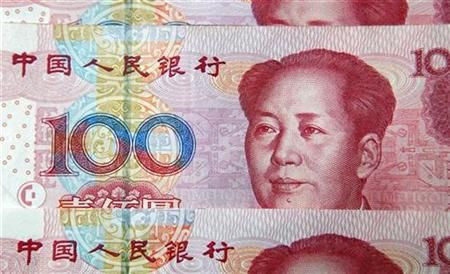China’s Manufacturing Activity Contraction Calls For Growth Recovery Easing Measures

With China’s manufacturing activity continuing to remain in contraction, market participants have renewed their call for urgent policy easing measures in the coming months to attain a firmer growth recovery.
According to the preliminary HSBC Flash Purchasing Managers Index (PMI) released earlier this week, the preliminary reading of the PMI, a measure of the nationwide manufacturing activity, rose to 49.1 in October compared to 47.9 in September. However, since the PMI is below 50, it indicates that the manufacturing economy is declining.
“The PMI has been stuck in the 47-50 range over the last 12 months. This month’s move, which was the largest monthly increase since October 2010, returns the index to the upper part of that band. The key question now is whether it will remain there or break above 50 in the next few months,” Capital Economics said in a note.
The continued shrinking of the manufacturing activity would increase fears of the likelihood of a sharp retardation in the economy. Earlier this month, the National Bureau of Statistics of China reported that the country’s gross domestic product growth slowed down to 7.4 percent in the third quarter, down from 7.6 percent in the second quarter, due to the soft global demand and reduced real estate investment in the world's second largest economy.
The government has lowered its economic growth target in 2012 to 7.5 percent. In 2011 and 2010, the economy grew at the rate of 9.2 percent and 10.4 percent respectively.
Earlier in the year, the World Bank reported that China's export-and-investment-driven economic model, though successful for decades, was no longer sustainable and reforms were needed to prevent a sudden slump in growth. The World Bank said that the country's economic growth would slow down to 5 to 6 percent annually by 2030 and a major overhaul would be needed to sustain even that level.
Meanwhile, the rate of inflation in China slowed down in September from the previous month, showing signs of a gradual decline in price pressure to make room for monetary easing. The data from the National Bureau of Statistics released earlier in October showed that the consumer price index of China rose 1.9 percent in September from a year earlier, down from 2 percent in August.
The diminishing inflation should be good news because it can help the government invigorate growth without much concern about the rising prices. The decrease in inflation has raised hopes that China will further cut the cash reserve ratio. Inflation may no longer be the main concern of policymakers and the government may have more space to loosen monetary policies and make supporting economic growth a priority.
Investors expect that instead of fighting inflation, the most urgent priority for China appears to be the pro-growth policy stance against the current uncertain global situation.
© Copyright IBTimes 2024. All rights reserved.





















